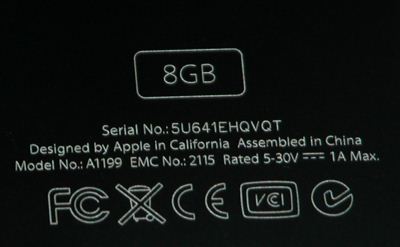Manufacturing (Industrial Age) and Creative (Collaborative Age) organizations require different approaches and skills. They are two different business models. As such, organizations should not try to run them in the same business unit.
Manufacturing organizations require:
- compliance to the rules;
- minimum variation;
- carefully evaluated changes thus, continuous improvement;
- production of large quantities and high physical capital intensity to achieve the necessary economy of scale.
Creative organizations require:
- non compliance to rules, misfits and weirdos
- discontinuous and radical change
- small scale production and low capital intensity (outside human capital)

How can you even imaging having these two kinds of activities under the same roof, under the same budget, under the same responsible person?
Following a very general recommendation in the field of entrepreneurship and even of management, two different business models should be separated. If not run in different legal entities, they should be run in different business units. Creation of the product needs to be separated from manufacturing production. The necessary interface needs to be managed through a carefully arranged agreement.
Separate fully your creative, project creation side from your traditional manufacturing side or you’ll never manage to take advantage of the Fourth Revolution!










